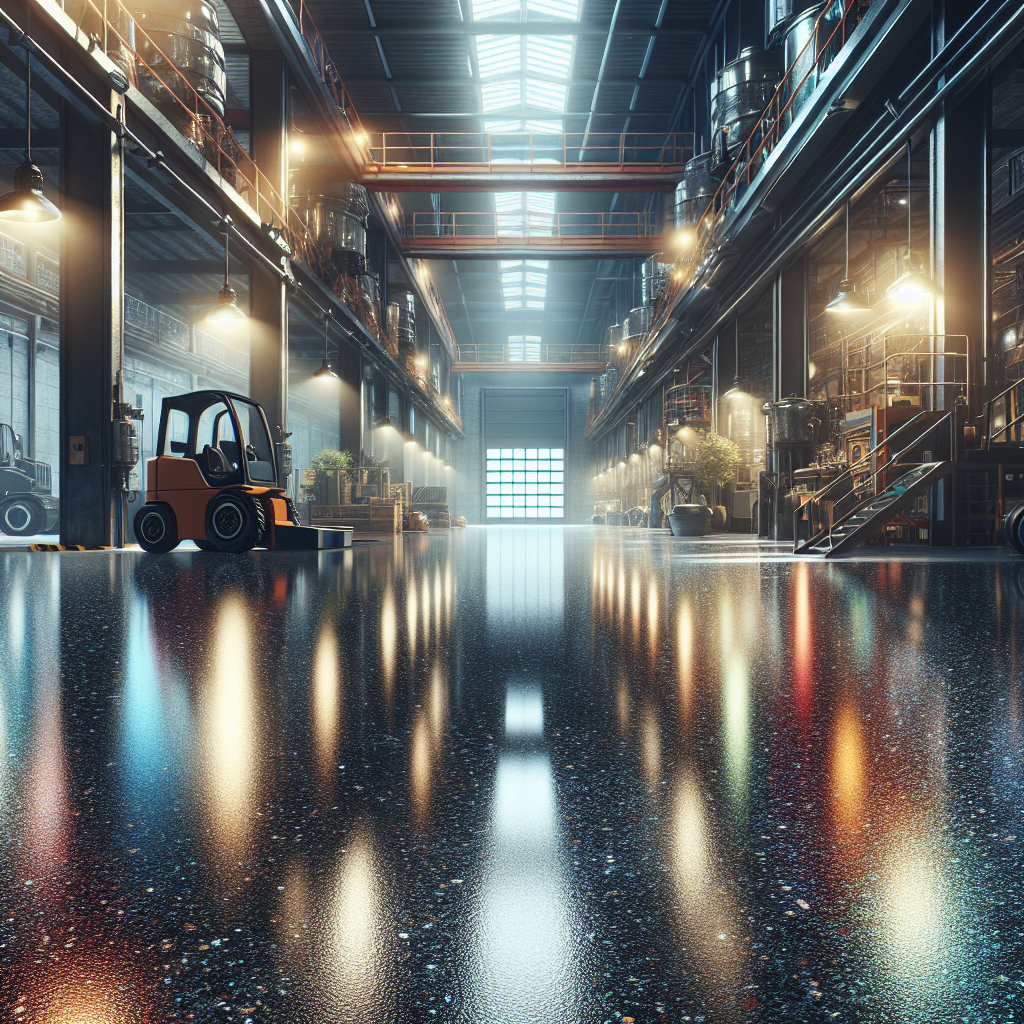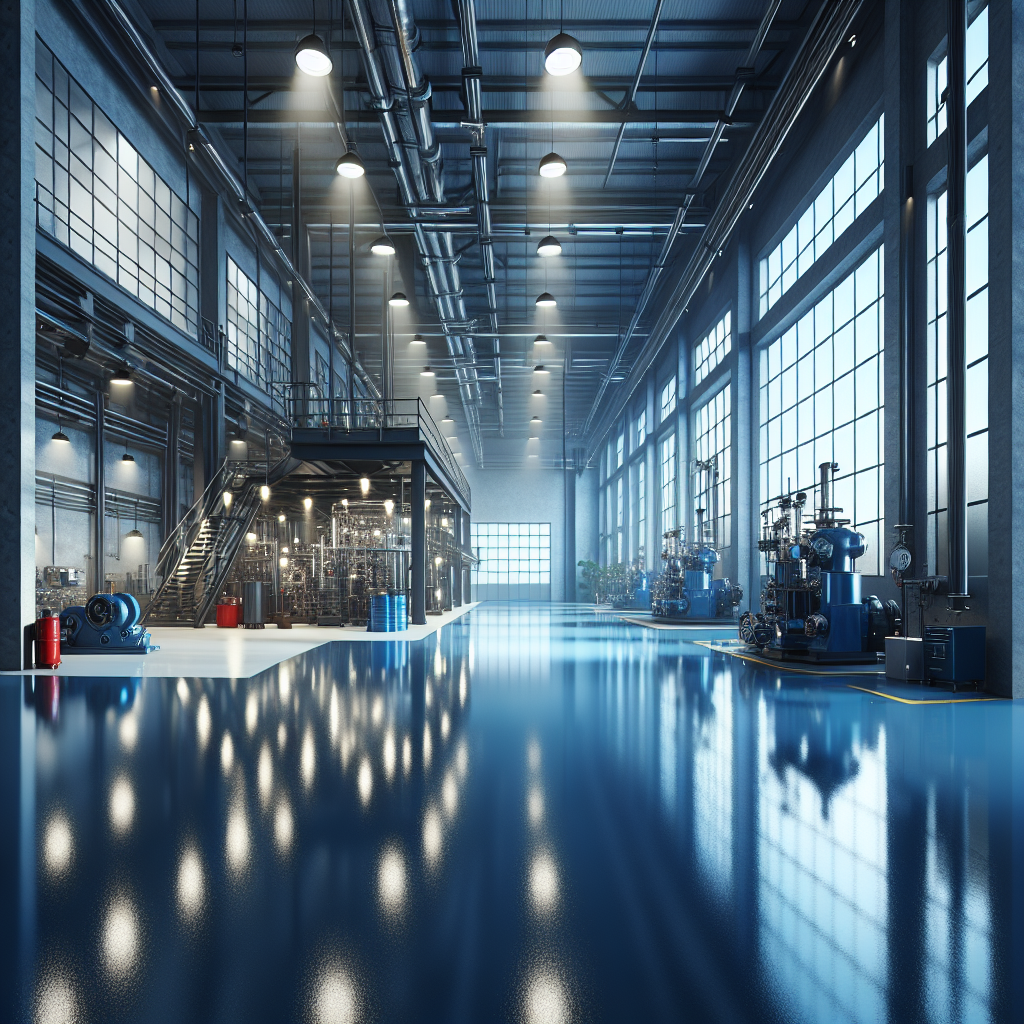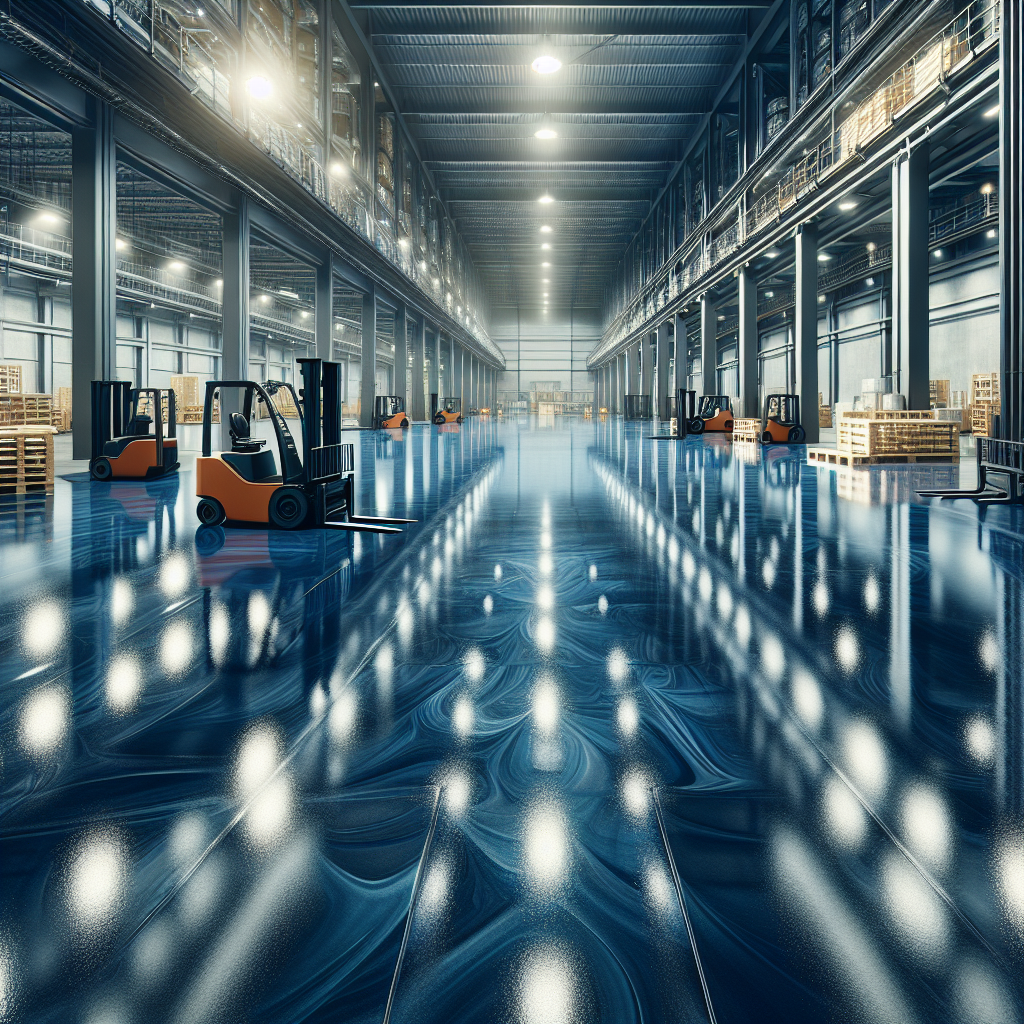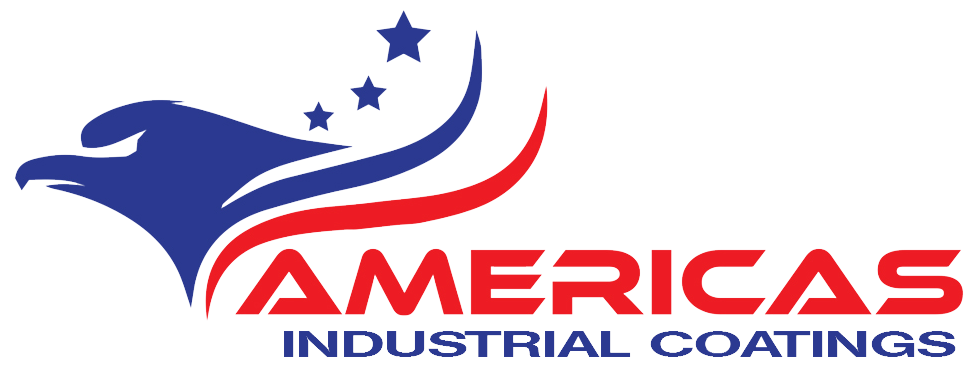When considering epoxy coatings for your flooring, it’s crucial to understand what to expect regarding their lifespan. Typically, high-quality epoxy coatings can last anywhere from 5 to 20 years, depending on various factors. Knowing these factors can help you make informed decisions and ultimately maximize your investment.
Firstly, the quality of the epoxy itself plays a significant role in durability. Premium-grade epoxies are designed to withstand more wear and tear compared to lower-grade options. Additionally, the application process is vital; improper installation can lead to premature wear and peeling. This is why it’s essential to choose a reliable service provider, such as Americas Industrial Coatings, for expert epoxy floor installation.
Another critical factor is the environment where the epoxy is applied. For instance, industrial settings often experience heavy traffic and harsh chemicals, which can significantly reduce the lifespan of the coating. In contrast, residential applications may see less wear, enhancing longevity.
To maintain your epoxy flooring and prolong its life, regular maintenance is essential. This includes
- keeping the surface clean
- avoiding harsh chemicals
- addressing any damage promptly
By adhering to these practices, you can ensure that your epoxy coating remains in optimal condition for years.
For more detailed information or to discuss your specific needs, Call Us Today for a Free Quote.
Factors That Influence Epoxy Coating Longevity

Understanding the factors that influence epoxy coating longevity is essential for anyone considering this flooring solution. Several elements can impact how long your epoxy coating will last, and being aware of these can help you make decisions that enhance durability.
One significant factor is the environmental conditions where the epoxy is installed. High humidity, extreme temperatures, and exposure to UV rays can degrade the coating over time. For instance, outdoor applications may require UV-resistant epoxy to prevent yellowing and cracking, while indoor installations should consider humidity levels to avoid moisture-related issues.
The preparation of the substrate is another crucial aspect. The surface must be thoroughly cleaned, repaired, and primed before applying the epoxy. Any contaminants, such as oil, dust, or moisture, can compromise adhesion and lead to premature failure. A well-prepared substrate ensures that the epoxy bonds effectively, enhancing its lifespan.
The thickness of the epoxy layer also contributes to longevity. Thicker applications can provide better protection against wear and tear, especially in high-traffic areas. However, it is essential to follow manufacturer guidelines to achieve the ideal thickness without compromising the coating’s integrity.
Lastly, regular maintenance practices play a vital role in extending the life of your epoxy flooring. Routine cleaning, avoiding abrasive materials, and promptly addressing any signs of damage can significantly impact overall durability.
Optimal Conditions for Epoxy Coating Durability

To ensure the best possible durability of your epoxy coating, it’s crucial to apply it under optimal conditions. These conditions not only enhance the performance of the epoxy but also maximize its lifespan, making your investment worthwhile.
The first consideration is temperature. Ideal temperatures for epoxy application typically range between 60°F and 85°F (15°C to 30°C). If the temperature is too low, the epoxy may not cure properly, leading to a weak bond and a compromised finish. Conversely, excessively high temperatures can cause the epoxy to cure too quickly, resulting in bubbles and uneven surfaces.
Humidity levels are equally important. For best results, aim for humidity levels below 70%. High humidity can interfere with the curing process, leading to surface imperfections and potential peeling. If you’re working in a humid environment, consider using a dehumidifier to create a more suitable atmosphere.
Another vital aspect is the ventilation of the area. Proper air circulation helps to facilitate the curing process and prevent the buildup of harmful fumes. If you’re applying epoxy in a confined space, ensure that there is adequate ventilation to promote a safe and efficient working condition.
Finally, consider the application method. Whether you choose to roll, brush, or spray the epoxy, following the manufacturer’s instructions ensures that the product is applied evenly, which is critical for achieving optimal durability.
Regular Maintenance for Prolonging Epoxy Coatings

Maintaining your epoxy coating is essential for ensuring its longevity and performance. Regular maintenance not only helps in extending the life of the coating but also keeps your floors looking pristine. Here are some key maintenance tips to consider:
- Routine Cleaning: Regularly sweep or vacuum the surface to remove dirt, dust, and debris. This prevents the buildup of abrasive materials that can scratch or dull the finish. For deeper cleaning, use a damp mop with a mild detergent.
- Immediate Spill Response: Epoxy coatings are resistant to many chemicals, but it’s crucial to clean up spills promptly. Use a soft cloth or paper towel to blot spills, avoiding harsh chemicals that can damage the coating.
- Avoid Heavy Impacts: While epoxy floors are durable, they can still be susceptible to heavy impacts. Use protective pads under furniture and equipment to minimize the risk of chipping or cracking.
- Periodic Inspections: Regularly check for signs of wear, such as discoloration or peeling. Addressing minor issues early can prevent larger problems down the line.
- Reapplication: Depending on traffic levels and wear, consider reapplying a topcoat every few years to maintain the protective layer and enhance the aesthetic appeal of your flooring.
By incorporating these maintenance practices, you can significantly prolong the lifespan of your epoxy coatings, ensuring that they continue to perform effectively for years to come.
Common Issues That Shorten Epoxy Lifespan
While epoxy flooring is renowned for its durability, certain factors can jeopardize its lifespan. Understanding these common issues can help you take proactive measures to protect your investment. Here are some prevalent problems that can lead to a shortened epoxy coating lifespan:
- Moisture Infiltration: One of the primary culprits of epoxy failure is moisture. If the substrate is not adequately prepared or if moisture seeps through the concrete, it can cause the epoxy to bubble or peel. Always ensure that the surface is dry and properly sealed before application.
- Improper Installation: A poorly executed installation can lead to various issues, including uneven surfaces and inadequate adhesion. It’s crucial to engage professional services for the installation to ensure the correct techniques and materials are used.
- Excessive Heat: High temperatures can weaken the bond of the epoxy to the substrate, leading to warping or deformation. Avoid exposing your epoxy floors to extreme heat, especially from direct sunlight or hot machinery.
- Chemical Damage: Although epoxy is resistant to many chemicals, prolonged exposure to harsh solvents or acidic substances can cause degradation. Always use appropriate cleaning agents and avoid spilling hazardous materials on your floors.
- Heavy Traffic: Excessive foot traffic or the movement of heavy machinery can wear down the coating over time. To mitigate this, consider using mats in high-traffic areas and applying a more robust topcoat for added protection.
Being aware of these issues allows for timely interventions, ultimately safeguarding your epoxy flooring investment and ensuring its durability for years to come.
When to Consider Reapplication of Epoxy Coatings

Determining when to reapply epoxy coatings can be pivotal in maintaining the pristine condition of your flooring. Over time, even the most durable epoxy finishes can show signs of wear, and recognizing these indicators can help you decide the right moment for reapplication. Here are some key signs to look for:
- Visible Damage: If you notice chips, cracks, or peeling areas on your floor, it’s time to consider reapplication. These damages not only detract from the aesthetics but can also lead to further deterioration if not addressed promptly.
- Fading or Discoloration: Over time, exposure to sunlight and harsh chemicals can cause the epoxy to fade or discolor. If your once-vibrant floor looks dull or stained, reapplying a fresh layer can restore its original beauty.
- Loss of Gloss: An epoxy floor should have a glossy finish. If your flooring appears dull and lacks luster, it may indicate that the protective layer has worn off, signaling the need for reapplication.
- Increased Maintenance: If you’re spending more time and resources on cleaning and maintenance due to the floor’s degraded state, it might be more cost-effective to reapply the epoxy rather than continue patching up issues.
Monitoring these signs can help you make an informed decision about when to reapply your epoxy coatings. If you’re unsure or in need of professional advice, Call Us Today for a Free Quote to discuss the best options for your flooring needs!


